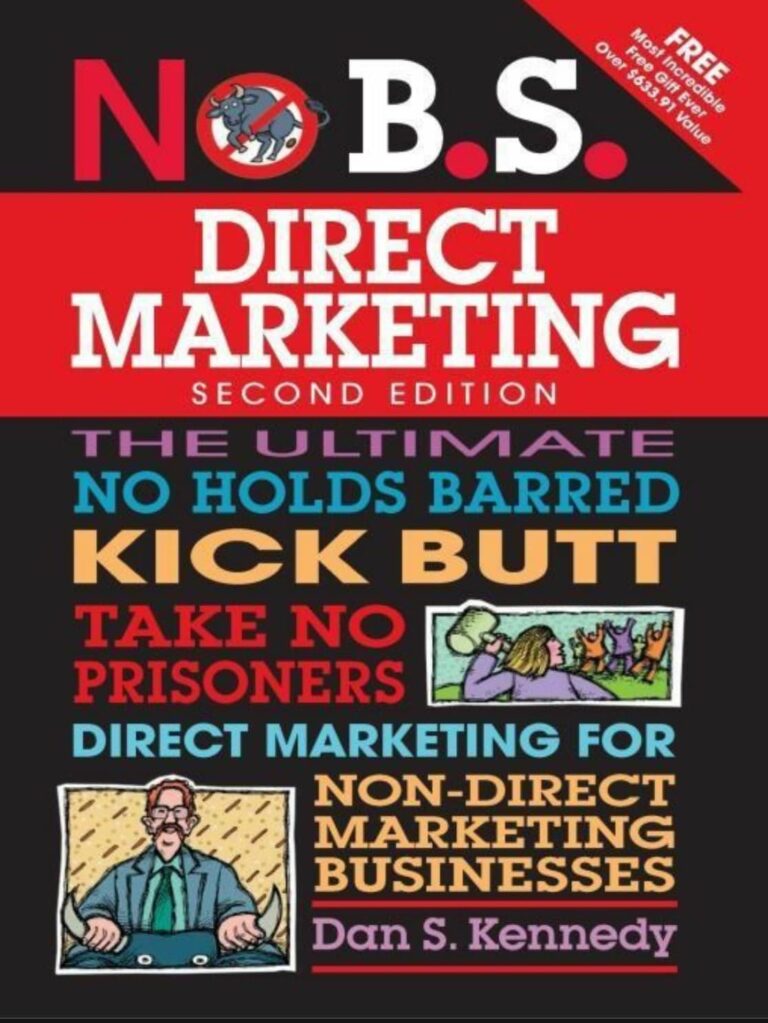The (Lousy) Business Case for One Blog Post
When people ask me what it’s like doing blogging for a living, I usually answer something like this.
Imagine that instead of doing work now and getting paid at the end of the month, someone were to suggest to you:
“Hey, spend a day or two writing 1-2,000 words and polishing it up into a post. Then in six months, you’ll get paid 50c per day for it for a while, and you have to update it every year or so.
That’s the business case for digital media in a nutshell: Do a day or two of work now, and make 50c per day in six months.
That’s the foundation of our business, Disco Media, which is right now a collection of websites. But in the future, who knows what it might hold — apps, other media, and who knows what else.
It’s not a great business case. Unless…
Why websites make 50c/post/day
That metric is very loose. It’s spread across our whole portfolio of websites, which range (currently) from reference sites to blogs to real estate directories.
For example, here are the metrics for some of our websites:
- Website 1: Average post traffic 25/day. RPM $35. Revenue/post/day: 90c.
- Website 2: Average post traffic 7/day. RPM $50. Revenue/post/day: 35c
- Website 3: Average post traffic 5/day. RPM $590. Revenue/post/day: $2.95, but it’s highly seasonal, so let’s call it $1.50/day.
So there you go — the average of the three is 92c, but let’s sandbag and say 50c, which is an easier threshold to reach.
The business model for websites compared
Compared to most businesses or ways of making money, running websites for advertising/affiliate income presents a very unappetising model to the newcomer.
For example, compared to the other things we’ve done:
- Consulting (or work): I show up to a place, offer my wisdom, run around showing how to do stuff, and they dump thousands of dollars in my bank account periodically. (But this only goes up at 5-10% a year. And my soul is crushed under the weight of meetings, 1:1s, and performance reviews of either myself or the project’s outcomes.)
- Selling products online: I design a product, and within six months I can start selling it at around an 80% margin. (But I then have to deal with stock issues, answer customer support questions, and manage online reviews.)
- Trading equities: Buy now, sell in an hour or day or week, make $1-2000 fairly easily. (But I also might lose as much, or more, and have done so often.)
So yes, there are a number of better ways to make money than websites. But they come with other downsides.
Finally, many people prefer to start riskier businesses than websites — like apps, or revolutionary business models, like, I don’t know, an Airbnb for meth labs using the Ethereum blockchain. These crazy ideas need millions (or tens of millions) in investment to get started, with an 80% guarantee of zero payoff, but 20% potential of wealth.
Those kinds of high-risk businesses are good for some — especially younger folk. We’re already older. Besides, we’ve always oriented ourselves more towards cash-producing businesses — that’s how our risk tolerance naturally is.
So why websites/blogging, despite the lousy business case?
People doing well at blogging will be quick to say we need either a better niche or better monetisation. You’re right.
This is why we like blogging — we have a foothold of traffic, and many possibilities to improve our position.
There are a few reasons why we like this initially very unappetising business case.
- Patience wins. If I do an average of one post a day, then six months after they’re all published, I’ll have 365 posts making 50c a day, or ~$180 a day, and a blog worth around $200K. Not bad (in theory).
- Strategy can increase the take. An RPM of $20-40 is decent, but if I pick the right niche, I can get that to $100-200 — or more if we’re very clever (not yet…). Or better, I can figure out how to sell my own products.
- Freedom and flexibility. I work where I want and when I want. The time of day doesn’t even matter.
- I don’t have to do all the work — I can use leverage. I don’t necessarily have to make every one of those posts — if I pay someone $50-100 to make them, then they get cash now, but I get more cash later (hopefully).
Some people may think of that payoff and scoff. For many, it’s get a mega-yacht or go mega-broke. You have kids or education bills to pay, Teslas to buy, and so on. This business model may not be for you.
But for many who want to work for a few hours a day at home in athleisure, and do that from anywhere in the world with no investors, bosses, employees, or time commitments, digital media is very tempting.
More on Leverage and Scale — Climbing the Ladder
That last advantage is important — leverage and scale. Many website owners manage their own content, and find it hard to see beyond the point of maybe hiring a writer.
But growing a media business means climbing a ladder that’s something like this:
- Start by writing content in a niche you know.
- Make your first dollars and figure out how it works.
- Hire writers, directing them on how to write for your niche.
- Make more sites in niches you know less well. Hire writers for those.
- Make sites in niches you don’t know at all that have a lot of potential. Never write a word for these, exclusively outsourcing.
- Sell one or two websites from early on that were less good, to focus on the better ones.
- Hire a Chief Editor who can manage all the content. You now just manage SEO planning (planning more posts) and strategy (starting more sites).
- Hire an SEO analyst to do the post planning. Now you just do the major strategy of starting more sites.
- Hire a Managing Director who can do all day-to-day management, growth, and hiring/firing.
There, you now have built an entire company where you don’t have to do anything except hiring and firing the top three people — if you want to do that.
I’m not sure what our ladder looks like, but it is something like that. We’re only at steps 3 and 4 anyway.
Of course, to be able to hire all those people, you need to be making enough money. An MD probably will probably have a payroll cost of $100-150K a year (in 2021 US dollars), even if they’re quite junior. So at that point, you better be making around $1M a year., which is $83K/month, which translates to — at 50c/post/day — having over 5000 published posts.
Getting to 5000 published posts sounds outrageous. Or is it? We’re at around 1000, many of them on earlier sites that aren’t as profitable as the newer ones. Yes, we have a long way to go…







